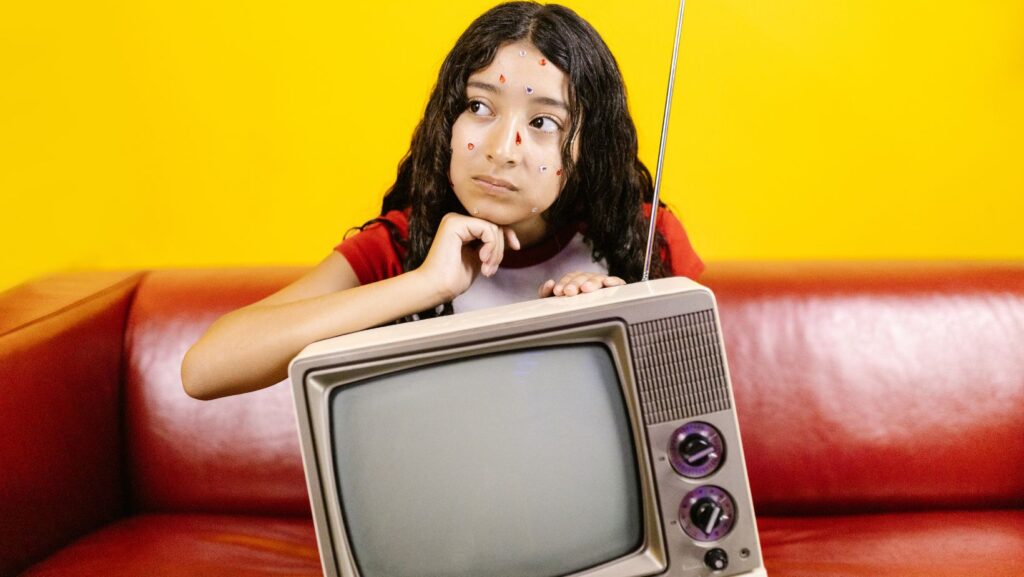Drawing reindeer can be a delightful and rewarding experience, especially during the festive season when these majestic creatures take center stage. Whether it’s for a holiday card, a winter-themed art project, or simply to hone one’s artistic skills, capturing the essence of a reindeer on paper requires a blend of creativity and technique.
Reindeer, with their distinctive antlers and gentle demeanor, offer a unique subject for artists of all levels. Their graceful form and seasonal significance make them a favorite in art classes and workshops. By focusing on the key features that define a reindeer, artists can create captivating illustrations that resonate with the spirit of the season.
In this guide, readers will discover tips and techniques to transform a blank canvas into a lively depiction of these enchanting animals. From understanding their anatomy to mastering shading and textures, this article will provide the essential steps to bring reindeer drawings to life.
Drawing:ytih5b0czka= Reindeer
 Drawing reindeer involves understanding their anatomy and unique features. Artists depict broad snouts, large eyes, and branching antlers. Including the reindeer’s muscular body enhances realism, while capturing motion adds dynamism. Shading creates depth and volume in illustrations. Using varied strokes imitates fur texture, offering a natural appearance. Highlighting shadows on antlers enhances dimensionality. Incorporating these elements enriches reindeer drawings, appealing to viewers with a vivid portrayal.
Drawing reindeer involves understanding their anatomy and unique features. Artists depict broad snouts, large eyes, and branching antlers. Including the reindeer’s muscular body enhances realism, while capturing motion adds dynamism. Shading creates depth and volume in illustrations. Using varied strokes imitates fur texture, offering a natural appearance. Highlighting shadows on antlers enhances dimensionality. Incorporating these elements enriches reindeer drawings, appealing to viewers with a vivid portrayal.
Tools Needed For Drawing:ytih5b0czka= Reindeer
 Several essential tools assist artists in capturing the unique features of reindeer.
Several essential tools assist artists in capturing the unique features of reindeer.
- Pencils: Graphite pencils in varying grades, like 2B and 4B, offer flexibility in creating soft lines for outlines and darker strokes for shading. These are crucial for developing contrasts in the reindeer drawing.
- Eraser: A kneaded eraser is ideal for correcting mistakes and adding highlights. It’s versatile and doesn’t damage the paper, allowing for precise adjustments in reindeer illustration.
- Paper: Choosing the right paper is vital for texture and quality. Heavy-weight paper supports detailed reindeer sketches while withstanding repeated erasing and shading.
- Pens and Inks: Fine liners or ink pens enhance details in a drawing’s final stage. Outlining antlers and defining intricate features of the reindeer make the image stand out.
- Coloring Tools: Colored pencils, markers, or watercolors introduce color vibrancy. They contribute to realistic depictions of fur and environmental elements surrounding the reindeer.
- Blending Tools: Blending stumps or tortillons soften pencil marks and create seamless transitions in shading. This enhances the reindeer’s fur texture and overall depth.
Using these tools, artists can effectively depict the intricate features that make reindeer drawings captivating.
Step-By-Step Drawing Guide
 Creating a reindeer illustration involves understanding its structure and unique features. This guide offers a structured approach to bring out the authenticity in reindeer drawings. Start with simple geometric shapes to outline the reindeer’s body. Use an oval for the torso, a smaller circle for the head, and rectangles for the legs. This helps proportion the drawing accurately. Adjust the size and position of these shapes to reflect the reindeer’s posture, ensuring the body appears balanced and dynamic.
Creating a reindeer illustration involves understanding its structure and unique features. This guide offers a structured approach to bring out the authenticity in reindeer drawings. Start with simple geometric shapes to outline the reindeer’s body. Use an oval for the torso, a smaller circle for the head, and rectangles for the legs. This helps proportion the drawing accurately. Adjust the size and position of these shapes to reflect the reindeer’s posture, ensuring the body appears balanced and dynamic.
Add Details To The Antlers
Draw branching lines extending from the head circle to represent the antlers. Ensure symmetry and use gentle, curved lines to mimic the natural flow of reindeer antlers. As they branch out, add smaller lines to portray the antler’s intricate detailing. Including slight variations in the antler branches enhances realism.
Perfect The Facial Features
Sketch the eyes, nose, and mouth by referring to the reindeer’s unique facial structure. Use an almond shape for the large eyes and a rounded triangle for the broad snout. Position these elements to capture the reindeer’s gentle demeanor. Incorporate slight shading around the eyes to add depth and expressiveness.
Apply shading to suggest muscle tone and create volume in the reindeer’s body. Use hatching techniques for the fur texture, and maintain light and dark contrasts to define different body parts. Highlight the neck, legs, and underside for a three-dimensional appearance. Enhance shading on the antlers for more depth and emphasize shadows where natural light would fall.


